
Black Farming & Food Access.
An opportunity to explore black farming & food access for a more
fair & equitable future.
Bryce & Paige
Song choice by Paige: Nina Cried Power by Hozier
Photography by Paige: from WAWA Service Day

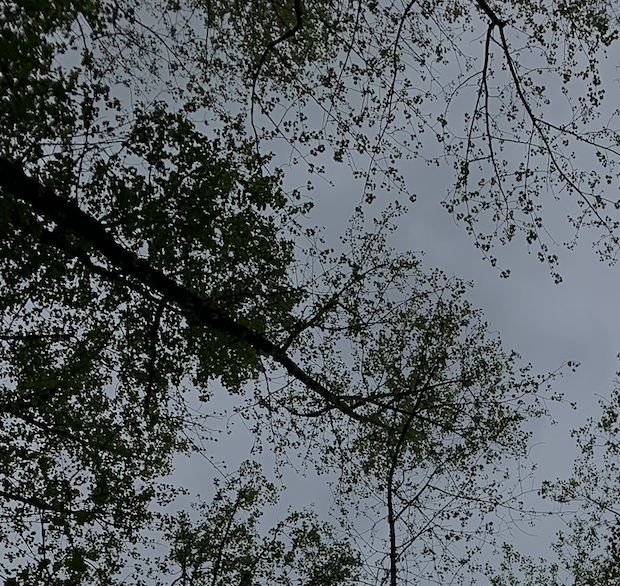
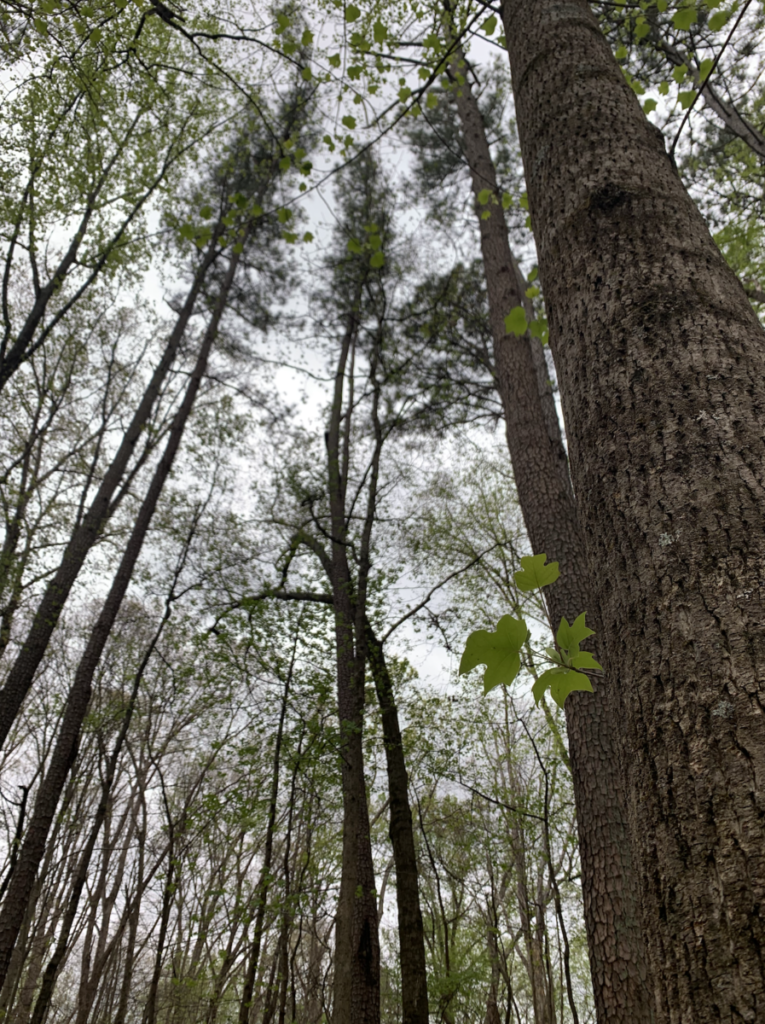
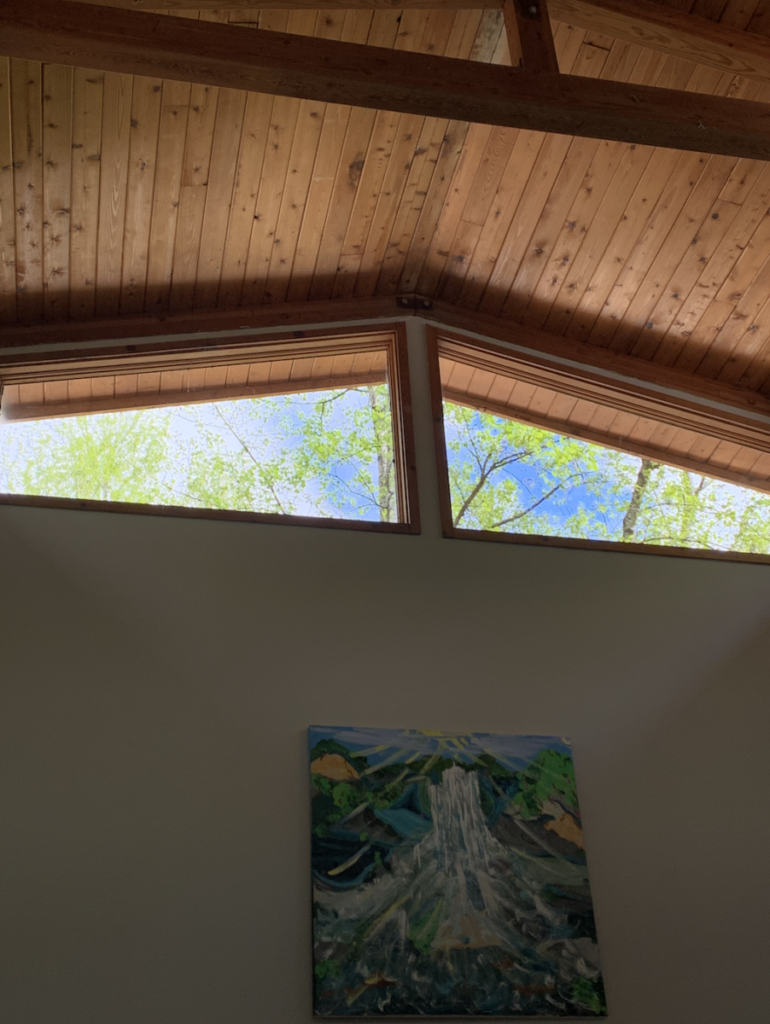



Redlining & Rations: A Vehicle for Systemic Racism with Last Consequences
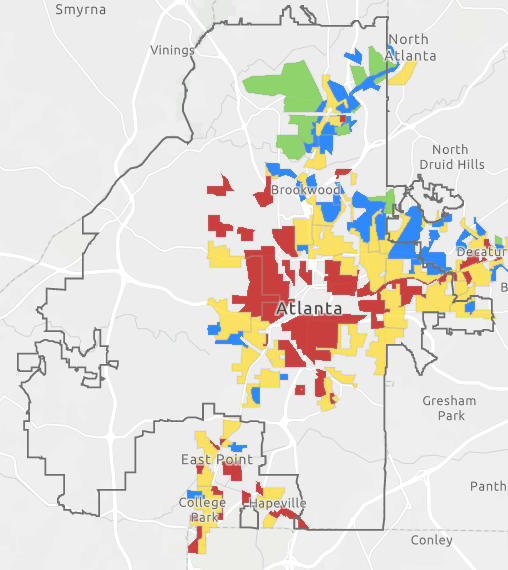
https://33n.atlantaregional.com/monday-mapday/spatial-similarities-in-historical-redlining-maps-and-contemporary-opportunity-zones
Although pivotal to the rebuilding of the US economy and the recovery of lost real estate value, the HOLC’s grading system was based largely on race, only then followed by income as the quality of investment. As such, the zones marked in red (aka redlined districts/zones/ neighborhoods) further segregated minorities from affluence and development (it is important to acknowledge real estate acquisition as the predominant form of wealth building in the US).
These redlined districts were marked as “hazardous” areas to invest in by financial institutions, which meant that minority communities faced often insurmountable barriers to mortgages and refinancing while many working-class whites had access to real estate ownership for the first time in decades. Unfortunately, these discriminatory lending practices prevailed for decades, with the Fair Housing Act of 1968 and the Georgia Fair Housing Act of 1988 passing to decrease these practices.
According to Atlanta’s Department of City Planning, there has been a 23% jump in the number of city residents living within a half-mile of fresh food. A variety of factors are responsible for this change (for better or for worst), including: changing public policy, non-profit initiatives, black agriculture, and informal support networks. Although the agents responsible for changing rates of fresh food access should be analyzed, reviewed, and coordinated to improve outcomes for Atlanta’s residents, it is equally important to understand the nature of food inequality within city limits.
The image to the left depicts the grade attributed to various Atlantan neighborhoods in 1938 by the Home Owner’s Loan Corporation (HOLC). As the US endured the final few years of the Great Depression, the HOLC was the foundation for real estate acquisition (especially by the middle and working-class).
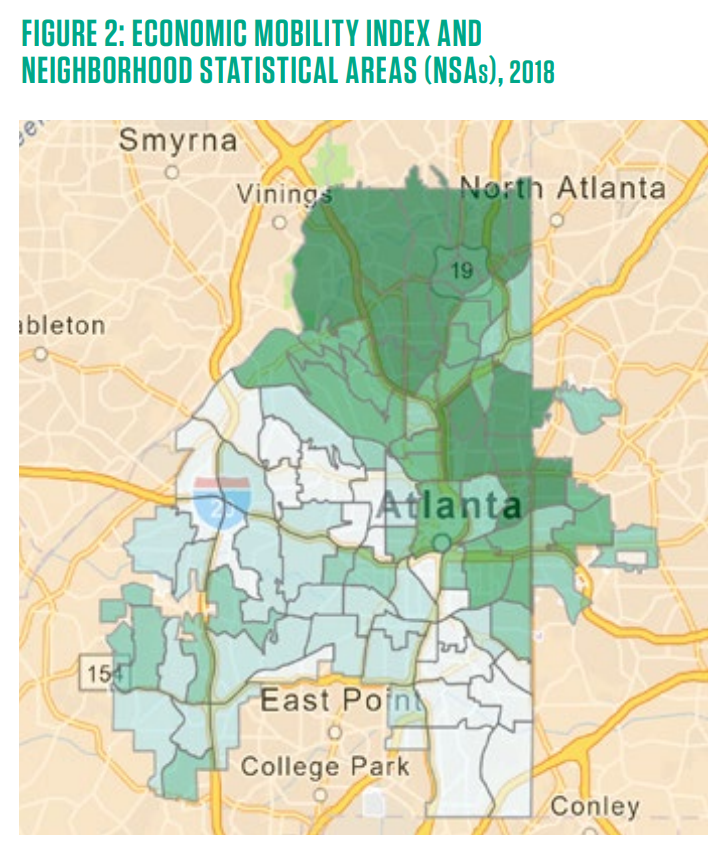
Even though protections passed decades later, real asset ownership following the Great Depression and the economic ‘rebuilding’ of the USA proved essential to the building of wealth, and communities of color were prevented from reaping its benefits. If you look at the map of the ‘Economic Mobility Index’ (above and to the right; the dark green depicts the quintile of highest upward economic mobility) in comparison to the redlined districts of Atlanta (above), it is clear that the redlined communities of Atlanta are still at an extreme economic disadvantage.
As Atlanta further developed, the infrastructure for food access developed to reflect the segregation of Atlanta’s poor communities of color and its affluent/middle-class white-majority ones. In the map to the right labeled ‘LILA MAP and NPU Boundaries’ one can observe that the pink/purple boundaries are clustered within the same communities shown in the previous figures as both previously redlined and within the lower quintiles of economic mobility. These pink/purple areas show communities with both low income and low access (to fresh food).
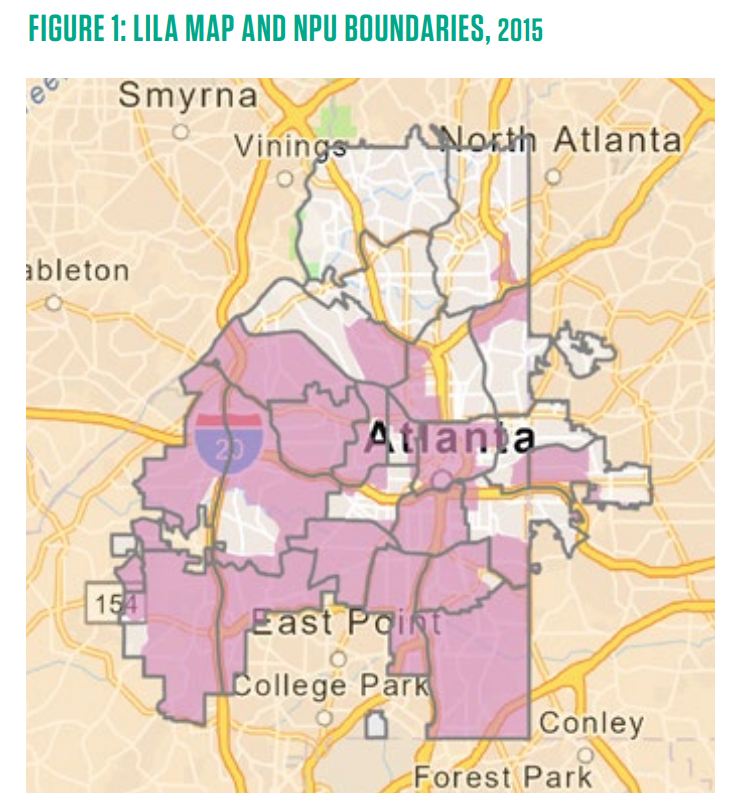
With that in mind, I challenge you to connect historic private sector business dealings and public policy to modern facets of systemic racism. The City of Atlanta is simply one example of many, where discriminatory practices by the private and public sectors have led to disproportionate access (or lack thereof) to healthy, fresh food. It is important that we not only consider urban food access as a highly racialized by-product of systemic racism but consider this historical context as we move forward and engage with the private and public sectors in affecting modern change.
Heir’s Property & Black Landing Loss
A Reuter’s article titled, “U.S. Black farmers lost $326 bln worth of land in 20th century” referenced a study published by the American Economic Association and brought a decade-old problem to light.
When discussing the issue of fresh food access for black folk across the country, one topic always comes up: increasing access to farmer’s markets, seen as the pinnacle of fresh food production, distribution, and access. But, knowing US history one must ask themselves, why aren’t there more black farmers?
Especially in the Southeastern US one issue stands out the most, heir’s property. Heirs’ property is a type Especially in the Southeastern US one issue stands out the most, heir’s property. Heir’s property is a type of property ownership through which land is passed down after an owner’s death (who in most cases does not have a will). Since there is no will, the rights to that property are most often split up amongst living kin according to state law. This ownership is then often split up when those owners die and so forth. Imagine you have four children, each of whom receives 25% ownership of your 100-acre property when you die. Then when your children die, they pass their rights to 5 children each (now there are 20 owners with 5% ownership each). Then they die and pass it on…

USDA. (2022, March 21). Heirs’ property landowners. Farmers.gov. Retrieved May 6, 2022, from https://www.farmers.gov/working-with-us/heirs-property-eligibility

So, we can have many, many fractional owners, but what’s the problem? Each of these owners has only fractional ownership of the property but has 100% right to possess the property. In short, all 20 grandchildren have equal right to use the whole property, they don’t receive 5 acres each. The problem lies in the ability of those grandchildren to sell their share of the property to a developer, who can then force the sale of the rest of the property’s ownership for a fraction of its ‘true value’.
A simplified version of the process is as follows: a developer can buy a small stake in the property from a distant relative (who may not even know they are a partial owner), and that developer goes to the local town/city and says that they cannot agree on how to manage the property, the town/city puts a small ad in the newspaper warning owners of an opportunity to bid for the right to buy out everyone else’s shares, the developer is often the only one to show up (or know about) the auction, the developer buys all the shares for a heavily discounted price and becomes the sole owner of the property.
This mechanism has allowed property that has been in the possession of black farmers around the country to pass ownership to a developer without so much as a phone call to those who have owned and lived on, the property for generations. Not only are these people and families losing their homes, but they are losing their most valuable resource that could sustain their families for generations. If we want to protect black farmers, black prosperity and put an end to a modern tool for oppression, there must be major legislative reform to protect landowners from greedy developers and vulture opportunists.
Rueter’s Article: Douglas, L. (2022, May 2). U.S. black farmers lost $326 bln worth of land in 20th century -study. Reuters. Retrieved May 6, 2022, from https://www.reuters.com/world/us/us-black-farmers-lost-326-bln-worth-land-20th-century-study-2022-05-02/